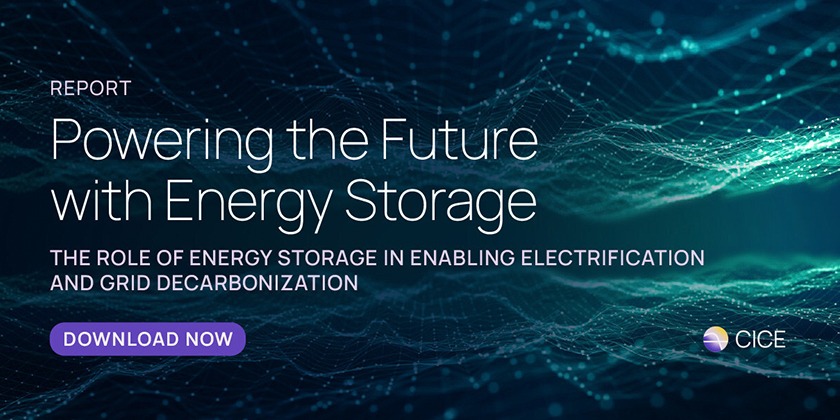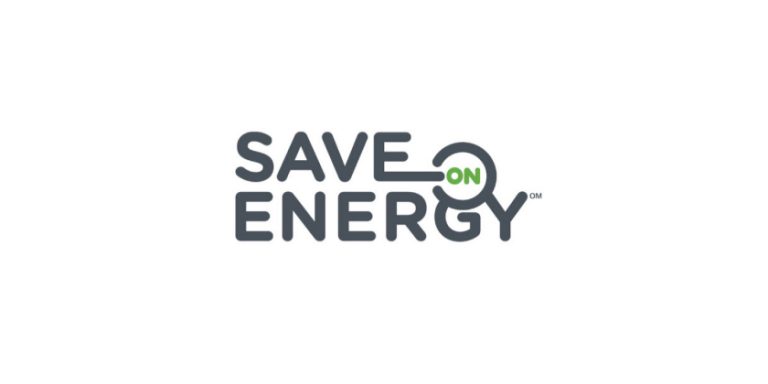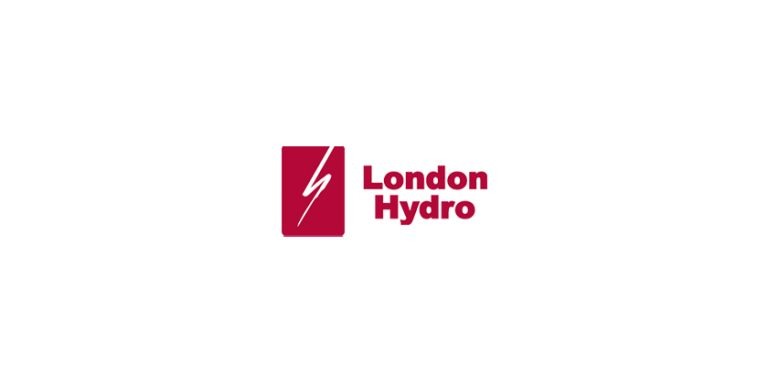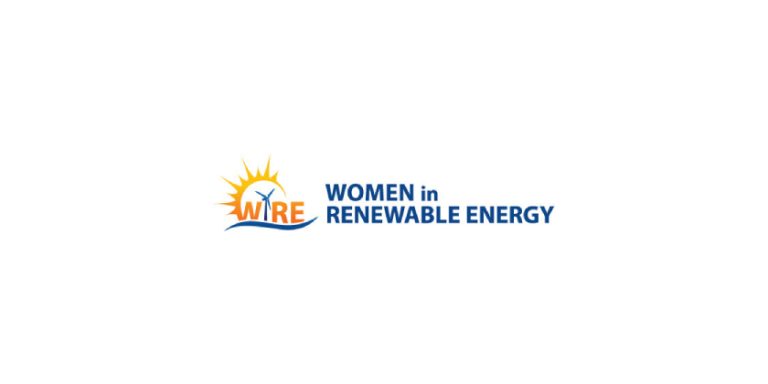Powering the Future with Energy Storage: New Report Released

May 21, 2024
The B.C. Centre for Innovation and Clean Energy (CICE) released a comprehensive analysis of how advancements in energy storage can facilitate higher levels of renewable energy adoption. The “Powering the Future with Energy Storage” report answers three urgent questions surrounding the future of the electricity system and grid decarbonization:
- What is the role of energy storage technologies in enabling higher levels of variable renewable generation sources such as wind and solar?
- How will this role change with the electrification of sectors such as buildings, heating, transportation, and other major carbon-emitting industries?
- How will this electrification impact B.C., and where are the opportunities for innovators?
“Enabling efficient integration of energy sources like wind and solar is imperative to achieving a sustainable energy future,” said Sarah Goodman, President and Chief Executive Officer of CICE. “This research highlights the emerging role of energy storage in advancing grid reliability and scalability to meet growing demand for clean, affordable electricity.”
For CICE, research such as the “Powering the Future with Energy Storage” report underpins its investment thesis and shapes future calls for innovation. By leveraging knowledge gathered through a combination of deep-dive reports, industry and community engagement, and world-class subject matter experts, CICE uniquely identifies and validates future pathways to net-zero emissions. This validation helps to de-risk investment and catalyze the adoption of breakthrough battery and energy storage innovation.
Key findings of the “Powering the Future with Energy Storage” report include:
- Variable renewable energy (VRE) such as solar and wind is currently the fastest-growing form of electricity generation. VRE production has zero marginal cost, but is intermittent and variable, which puts stress on our traditional energy grids.
- Energy storage is emerging as a solution to address VRE issues by providing a variety of services: shifting energy to peak times, enhancing stability, and maximizing existing infrastructure.
- Installed grid-scale energy storage capacity has increased 15-fold from 2016 to 2022 globally and will need to expand exponentially by 2030 to support decarbonization goals.
- Alternative energy storage technologies such as flow batteries and metal-air batteries need to achieve large scale production and adoption to compete with lithium-ion batteries on price for longer duration storage.
- Opportunities for hydrogen and thermal storage will emerge where hydrogen and heat are already in use, in applications such as industrial processes and building heating.
Go HERE to download the report






